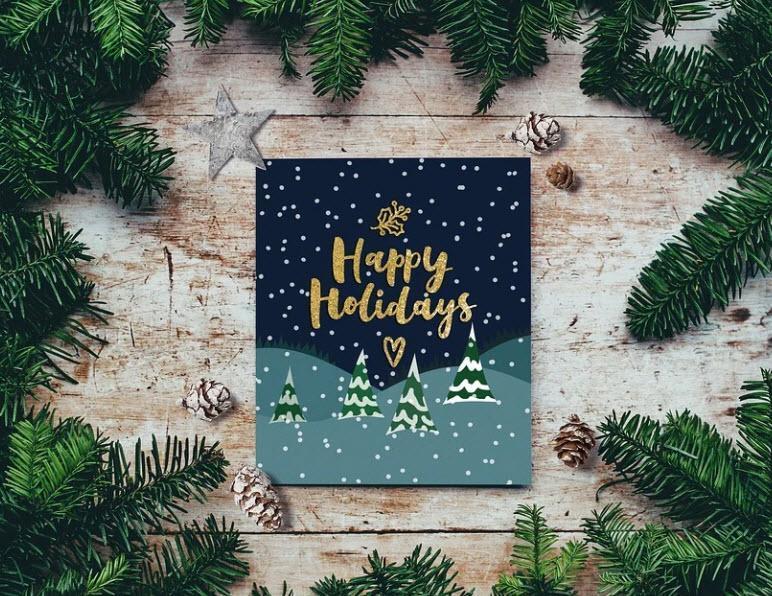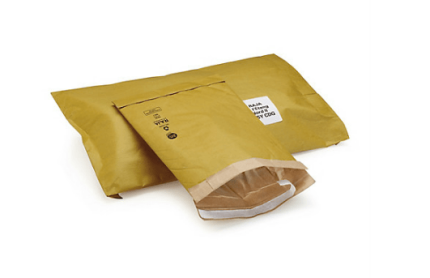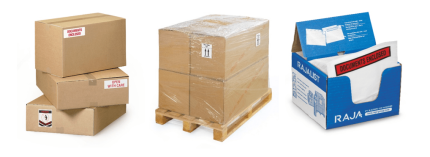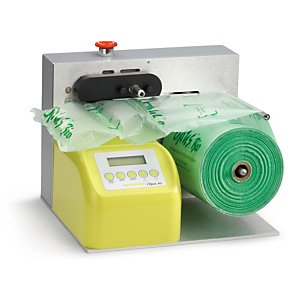A traditional greeting card is a great way to let someone know you’re thinking of them. Yet in the digital age of iMessage, WhatsApp and email – where we can do it all online with the mere touch of a button – is there still a place for putting pen to paper?
After all, many of these apps are now signified by the envelope icon itself, but how do they hold up against the real-life, physical card, envelope and mailing bag?
What’s the case for the traditional greeting card?
For some people, nothing can compare to a handpicked, handwritten greetings card. There’s something about the putting of pen to paper and the tangibility of handwritten words that is an inherently personal act. It’s considered, as opposed to a copy and paste job – and it takes time to do.
Not only that, but for many there’s something sentimental about its journey: from one person, in one place, to another somewhere else – often embodying so much more than a message, but a memory of a time, place, person or emotion.
Finally, it holds a physical permanence; a greeting card can become an ornament in your home, a heartfelt note that never leaves you, or put in your memory box to be remembered later in life.
How do we communicate in the digital age?
In today’s fast-paced and frenetic world, we are finding new ways to speed up in all aspects of life.
Thanks to almost every aspect of our lives moving online, we can now see our calendar appointments, book our gym classes, keep track of our friends’ birthdays and let multiple people know we are thinking of them at any one time.
This means that there is no longer the same need to pick out that personal card, write it by hand and take it to your friend, or, post it through the letter box.
And digital messages are getting more sophisticated. We’ve said goodbye to the grey text box and can now send words or voice notes accompanied with emojis, photos, videos, gifs, and even the latest movement in communications – memes.
It’s cheaper and instantaneous – and is beneficial where speed, reach, cost and flexibility are concerned. We can whizz over a text, tame our conscience and tick ‘contacting so-and-so’ off our long list of to-dos. But does it do enough?
Where does it leave our traditional well-wishes?
We wanted to know where traditional greeting cards stand today, especially with companies such as Moonpig seizing the benefits of each and bridging the gap between both.
We know that people still give them to celebrate significant events and special occasions, but is this due to societal pressures, or could it be something more? And is it only a matter of time before, much like the carrier pigeon or even the telephone box, the traditional greeting card is signed, sealed and decidedly done?
We surveyed the UK about their attitudes to greeting cards today, as well as speaking to applied linguist and author at the Open University, Philip Seargeant, about whether he thinks they will stand the test of time. Find out the full story on the future of the greeting card here: Traditional vs electronic greetings: What does the future hold?




















